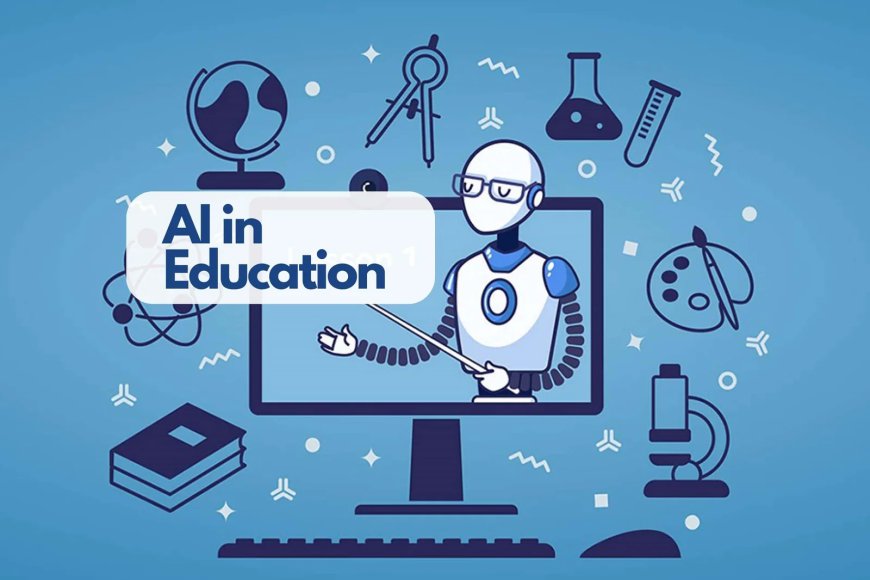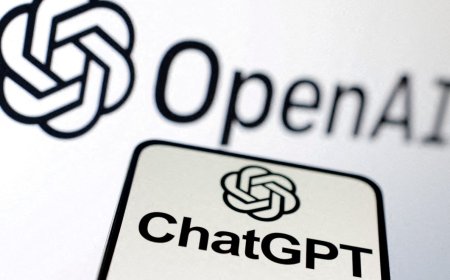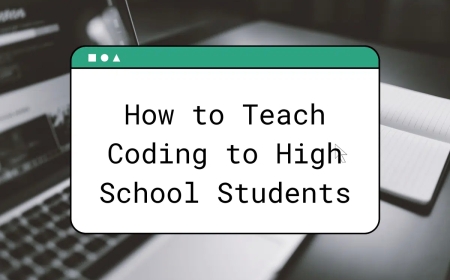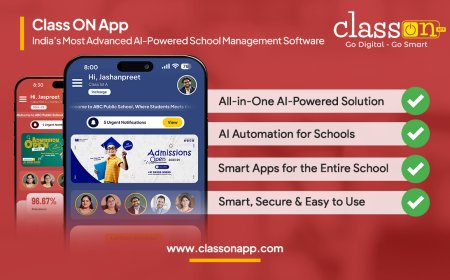In recent years, artificial intelligence (AI) has moved from science fiction to reality, transforming many aspects of our lives.
One of the most exciting areas where AI is making a significant impact is education. AI technologies are being integrated into classrooms around the world, promising to revolutionize how students learn and how teachers teach. This article will explore ten ways AI is shaping the future of education, making learning more personalized, efficient, and accessible for everyone.
1. Personalized Learning
AI-powered systems can analyze students' learning habits and adapt lessons to meet their individual needs. This personalized approach ensures that each student receives the right level of challenge and support, enhancing their learning experience. For example, AI can identify areas where a student struggles and provide additional resources or exercises to help them improve.

2. Intelligent Tutoring Systems
Intelligent tutoring systems use AI to provide students with one-on-one tutoring. These systems can offer instant feedback, answer questions, and guide students through complex problems. Unlike human tutors, AI tutors are available 24/7, providing consistent support whenever students need it.
3. Automated Grading
Grading assignments and exams is a time-consuming task for teachers. AI can automate this process, quickly and accurately assessing student work. This not only saves teachers time but also provides students with immediate feedback, helping them learn from their mistakes and improve their skills more rapidly.
4. Virtual Classrooms
AI enables the creation of virtual classrooms, where students can learn from anywhere in the world. These online learning environments use AI to facilitate interactive lessons, discussions, and activities. Virtual classrooms are especially beneficial for students who may not have access to quality education due to geographical or economic barriers.
5. Enhanced Learning Materials
AI can help create dynamic and engaging learning materials tailored to students' interests and learning styles. For instance, AI can develop interactive simulations, educational games, and multimedia presentations that make complex subjects more understandable and enjoyable.
6. Language Translation and Accessibility
AI-powered translation tools break down language barriers, allowing students from different linguistic backgrounds to access educational content. Additionally, AI can enhance accessibility for students with disabilities by providing tools such as speech-to-text and text-to-speech applications, making learning more inclusive.
7. Predictive Analytics
AI can analyze vast amounts of data to predict student performance and identify those at risk of falling behind. This allows educators to intervene early and provide targeted support to help struggling students succeed. Predictive analytics can also inform curriculum development, ensuring that educational programs meet the evolving needs of students.
8. Administrative Efficiency
AI can streamline administrative tasks, such as scheduling, enrollment, and communication with parents. By automating these processes, schools can operate more efficiently, allowing educators to focus more on teaching and less on paperwork.
9. Professional Development for Teachers
AI can support teachers' professional development by providing personalized training programs and resources. These AI-driven platforms can assess teachers' strengths and weaknesses, recommending specific courses and materials to help them improve their teaching skills and stay updated with the latest educational trends.
10. Student Engagement
AI technologies can make learning more interactive and engaging. For example, AI can power educational robots that interact with students, making lessons more fun and memorable. Additionally, AI can help create personalized learning experiences that keep students motivated and interested in their studies.
Conclusion
The integration of AI in education is transforming classrooms into dynamic, adaptive, and efficient learning environments. By personalizing learning, providing instant feedback, and automating administrative tasks, AI is helping to enhance the educational experience for both students and teachers. As AI technology continues to advance, its impact on education is likely to grow, offering new opportunities to improve learning outcomes and make education more accessible to all. The future of education, powered by AI, promises to be more innovative, inclusive, and effective.
Follows Us for More Updates
Like Us on Facebook Page :
Click Here
Like Us on Instagram :
Click Here






























